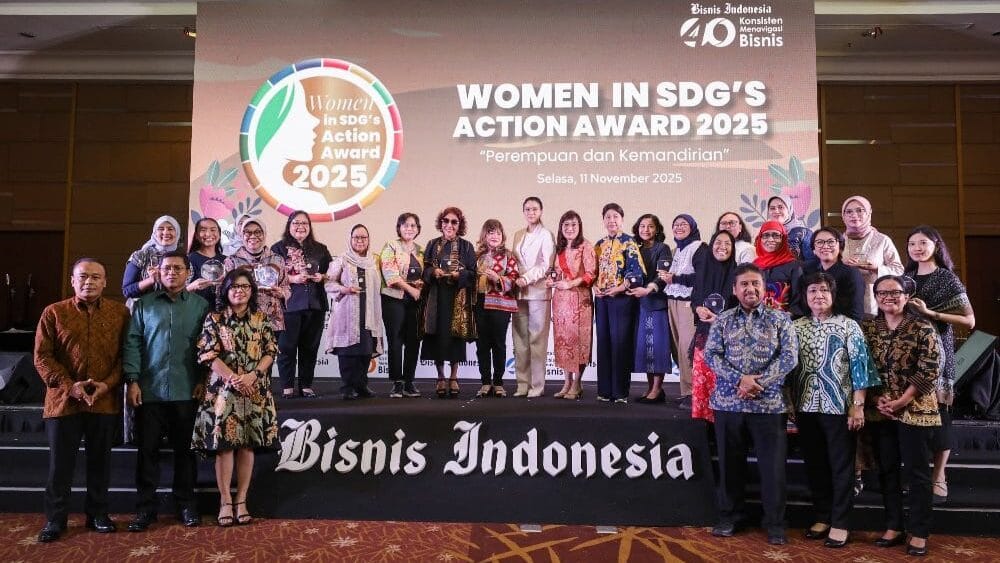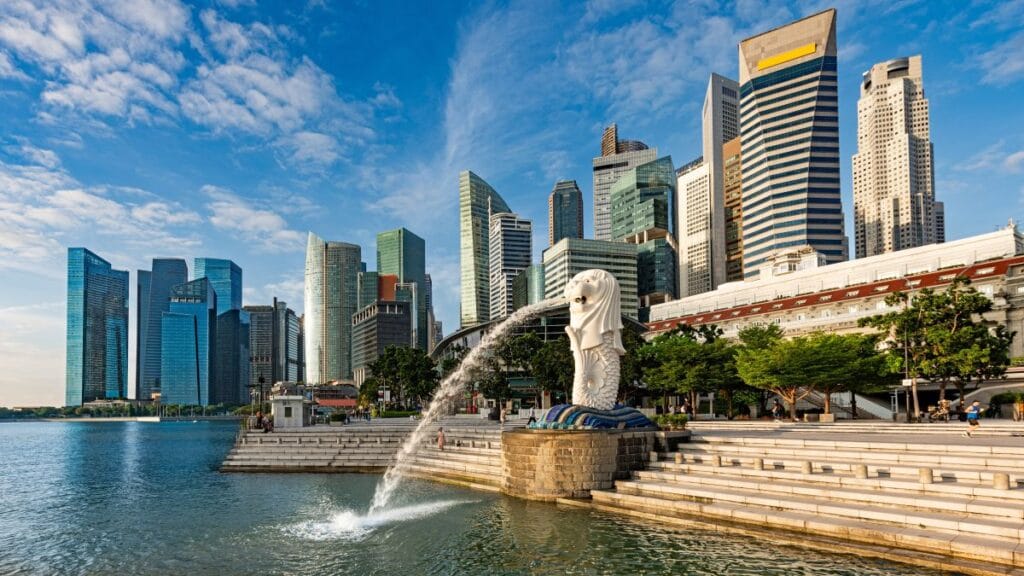Delhi, India — The Food and Agriculture Organization (FAO) has released its Global Forest Resources Assessment 2025, highlighting the distribution of the world’s forests and the shifting dynamics of conservation. Global forest cover now stands at 4.14 billion hectares, accounting for 32 percent of Earth’s land area. Yet, five nations alone—Russia, Brazil, Canada, the United States, and China—hold more than half of this total.
Russia remains the global leader with 832.6 million hectares of forest, covering over 20 percent of the world’s total. Its vast Siberian boreal forests are home to unique biodiversity, including Siberian tigers and migratory bird species.
Brazil follows with 486 million hectares, dominated by the Amazon Rainforest, often described as the “lungs of the Earth.” Despite its ecological importance, the Amazon continues to face threats from deforestation driven by agriculture and logging.
Canada ranks third with 368.8 million hectares, while the United States holds 308.9 million hectares across diverse ecosystems ranging from Alaska’s coniferous woods to Hawaii’s tropical rainforests.
China, with 227.2 million hectares, represents a remarkable success story. Through large-scale afforestation campaigns, the country recorded the world’s highest annual net forest gain between 2015 and 2025, averaging 1.69 million hectares per year.
The Democratic Republic of the Congo, Australia, Indonesia, India, and Peru complete the top ten. Notably, India has climbed one position in the global ranking, now with 72.7 million hectares of forest. This progress reflects consistent government-led reforestation and community-driven conservation initiatives.
Asia stands out as the only region to record a net gain in forest area since 1990, underscoring the impact of sustained afforestation programs. China and India’s achievements highlight how policy, community engagement, and ecological awareness can reshape environmental outcomes.
The FAO report suggests that while global deforestation remains a pressing challenge, Asia’s trajectory offers a model of resilience and renewal. For policymakers, the findings reinforce the importance of balancing economic growth with ecological stewardship.









